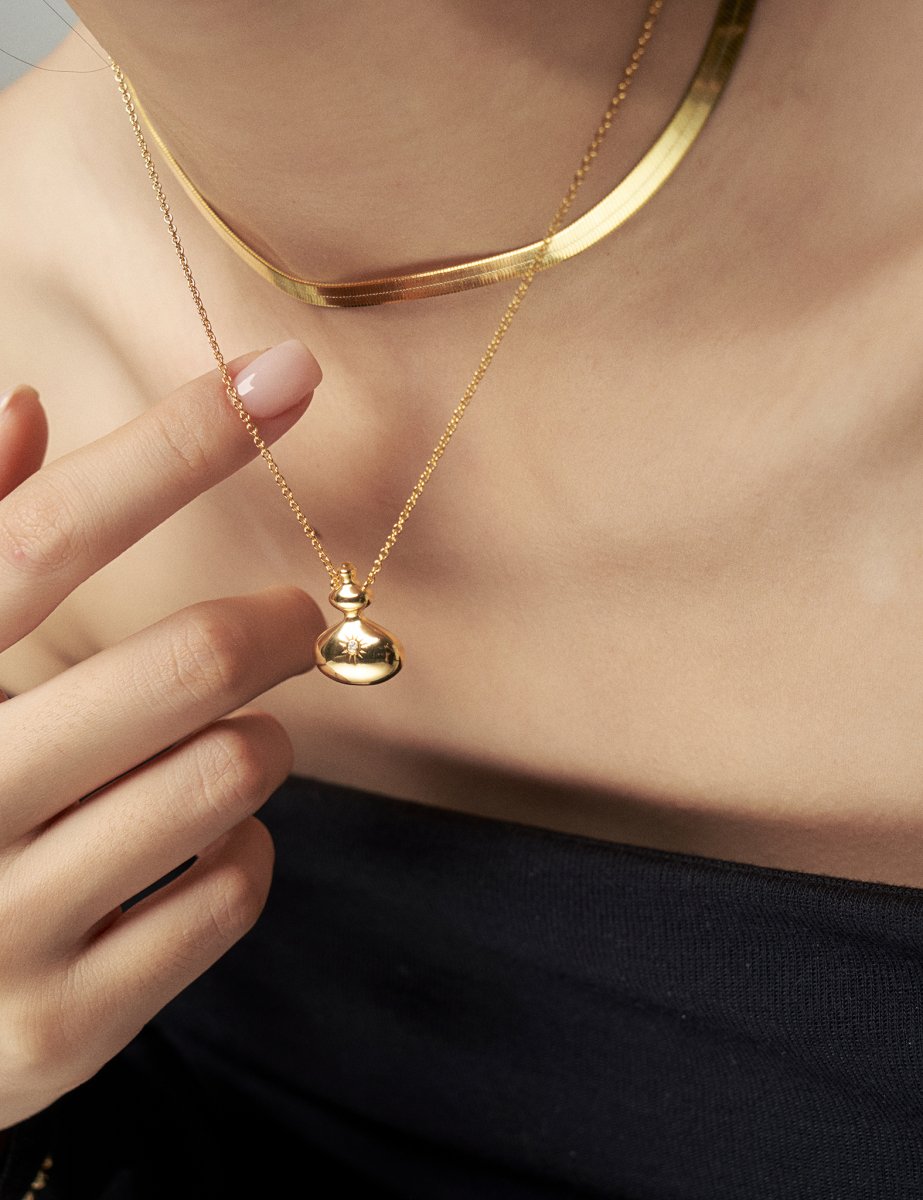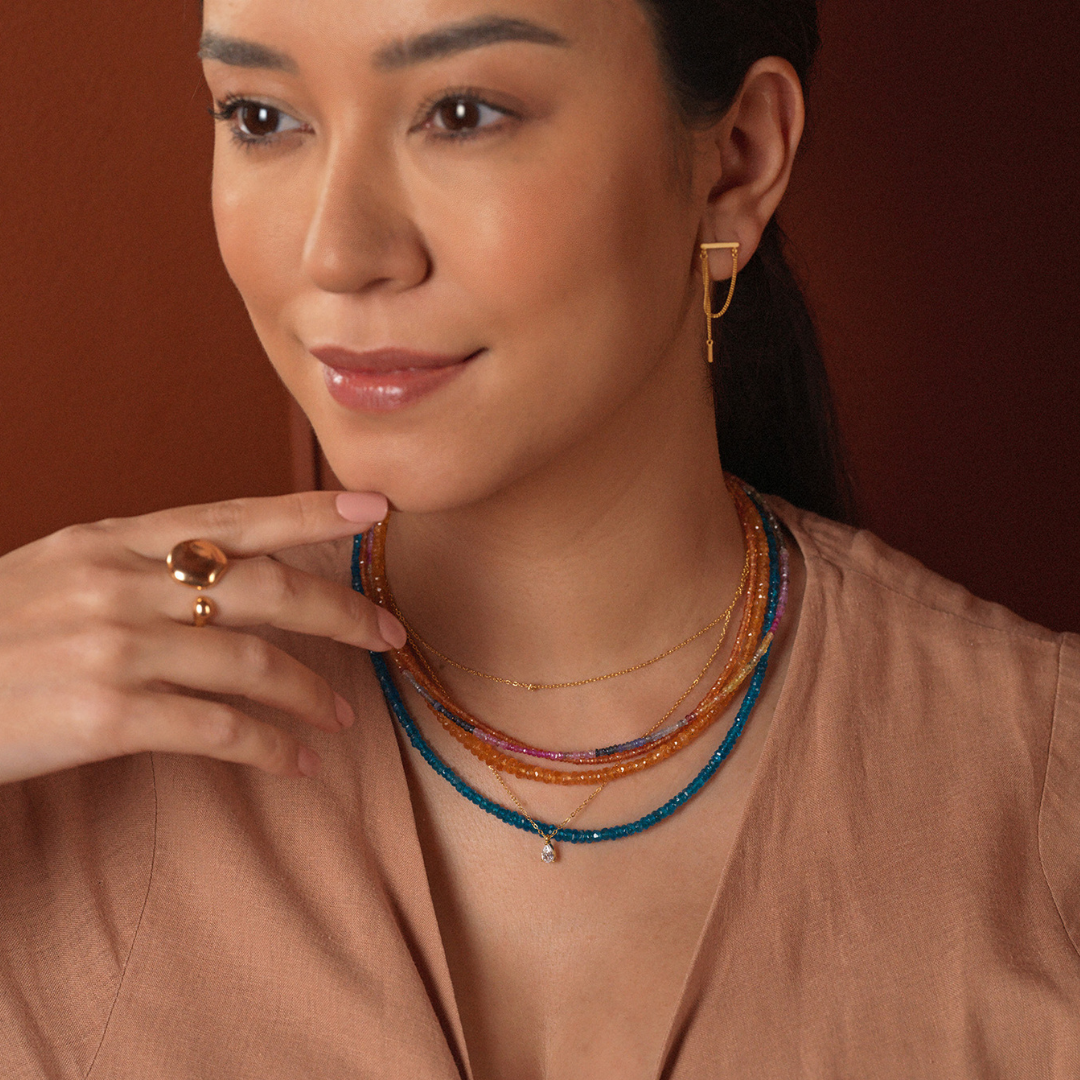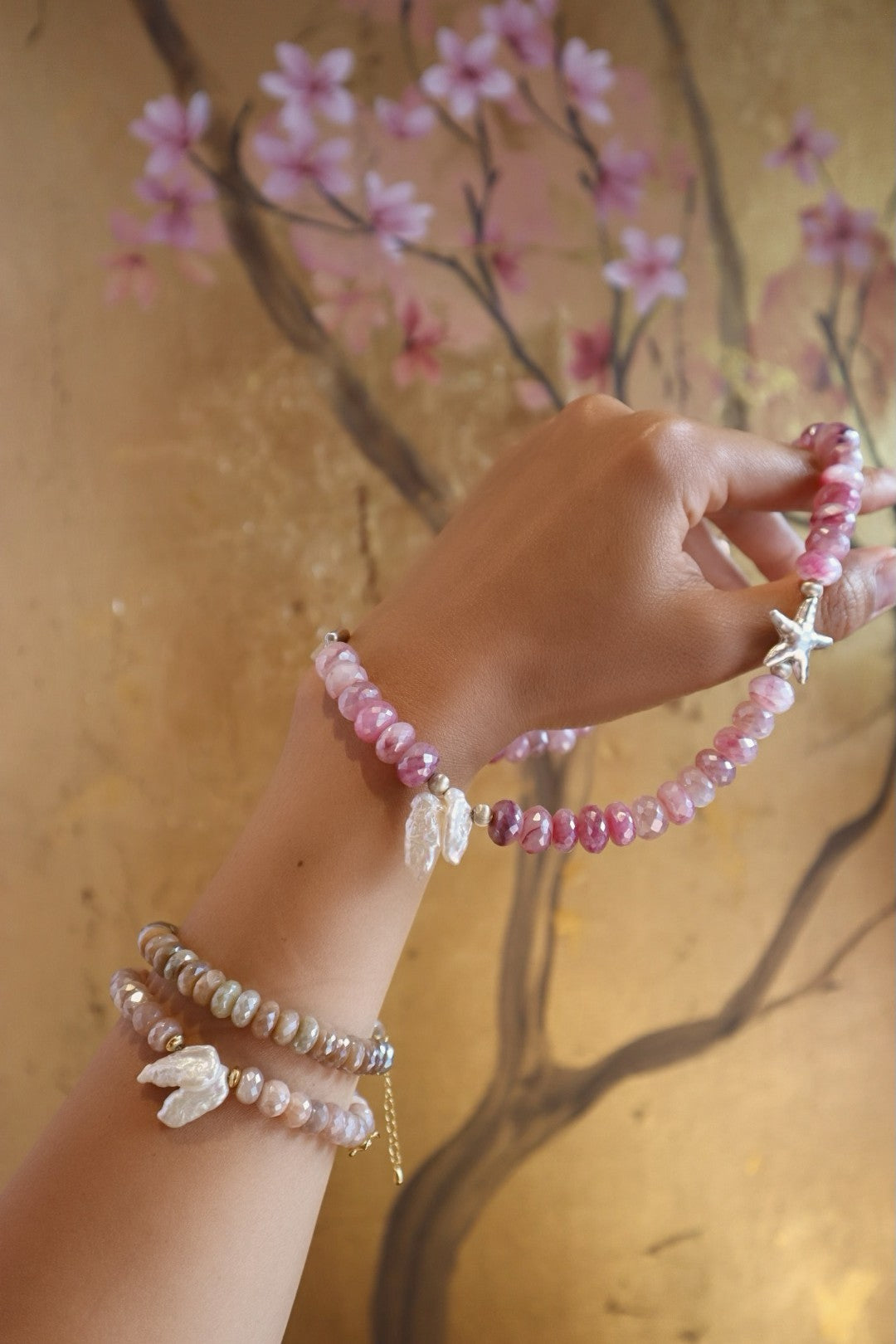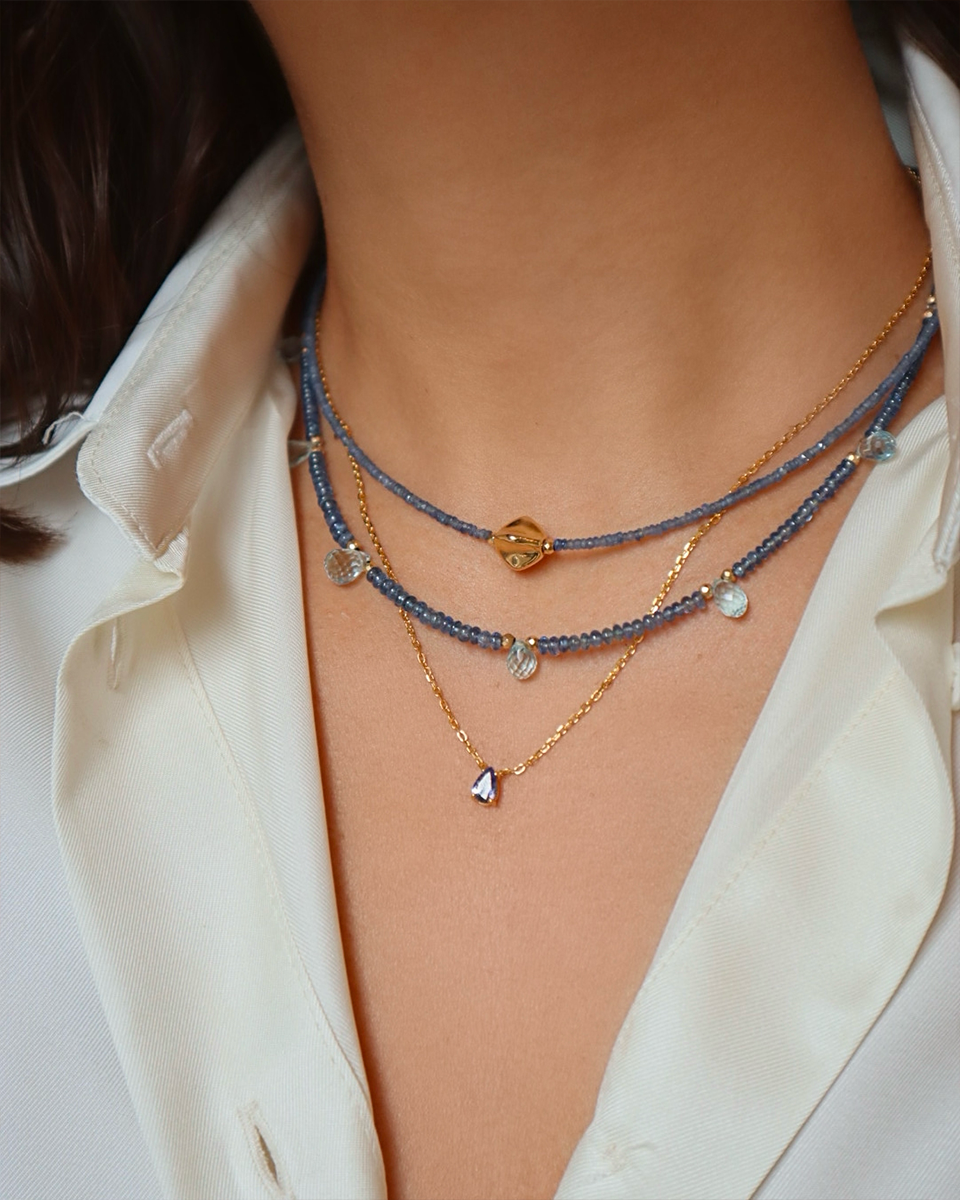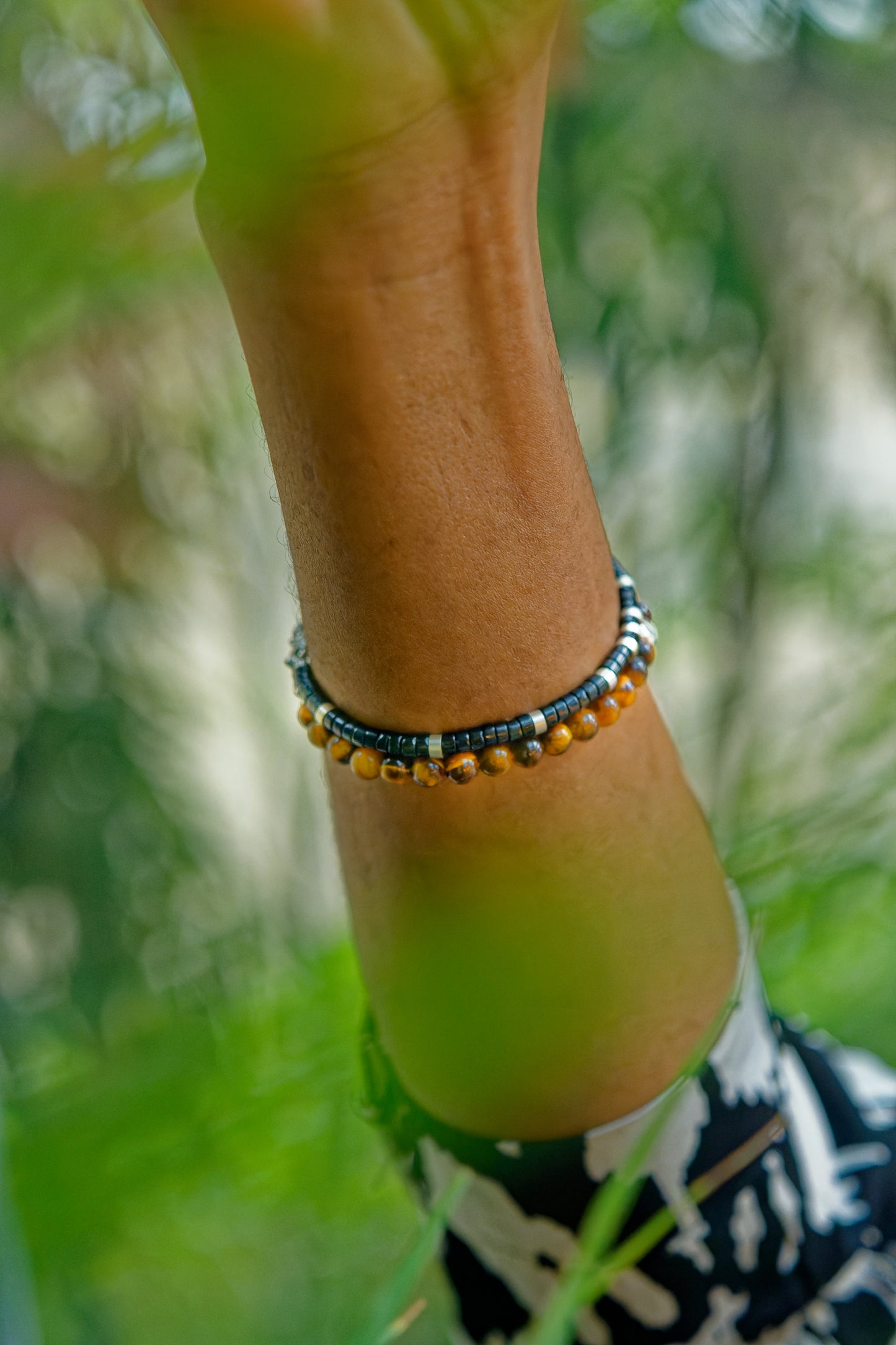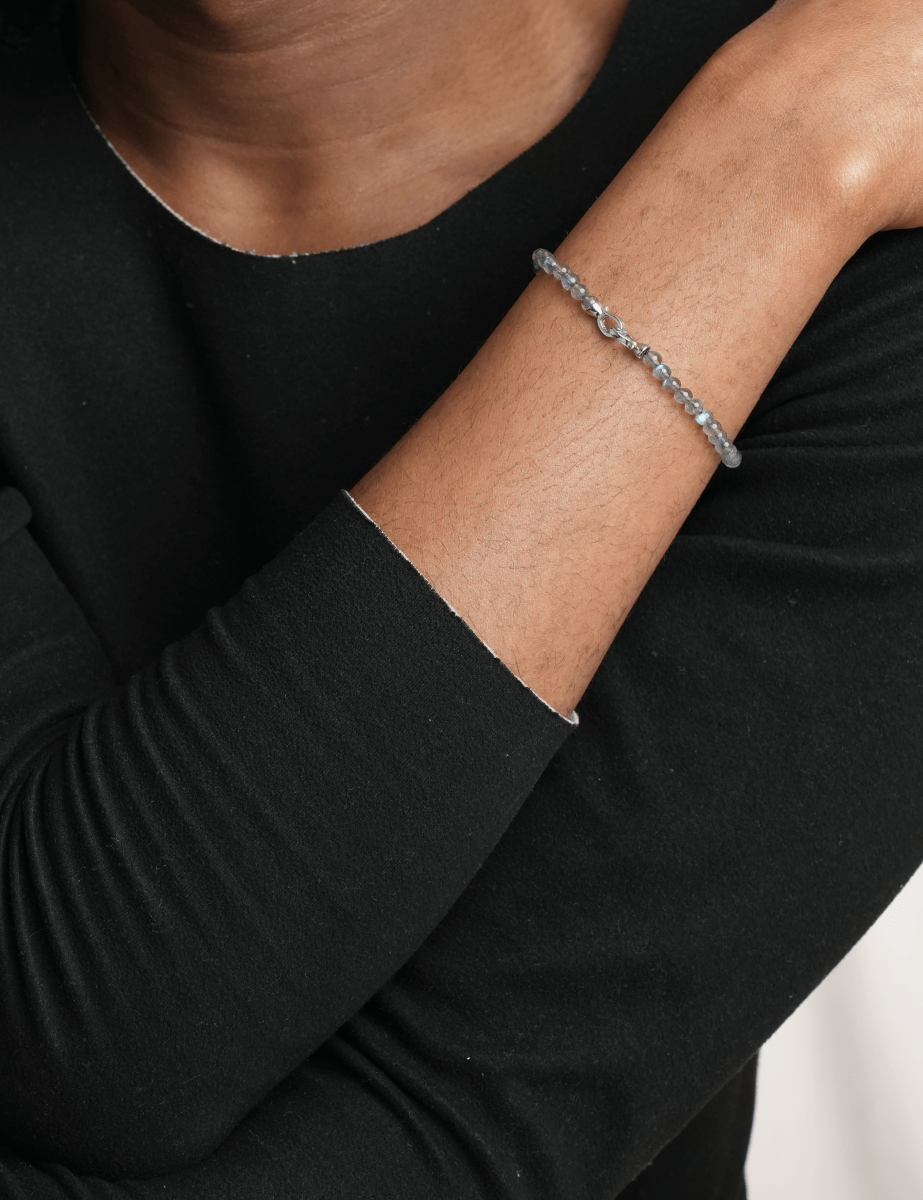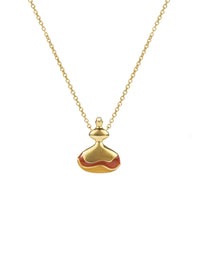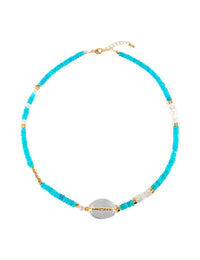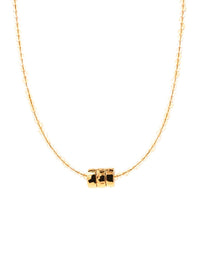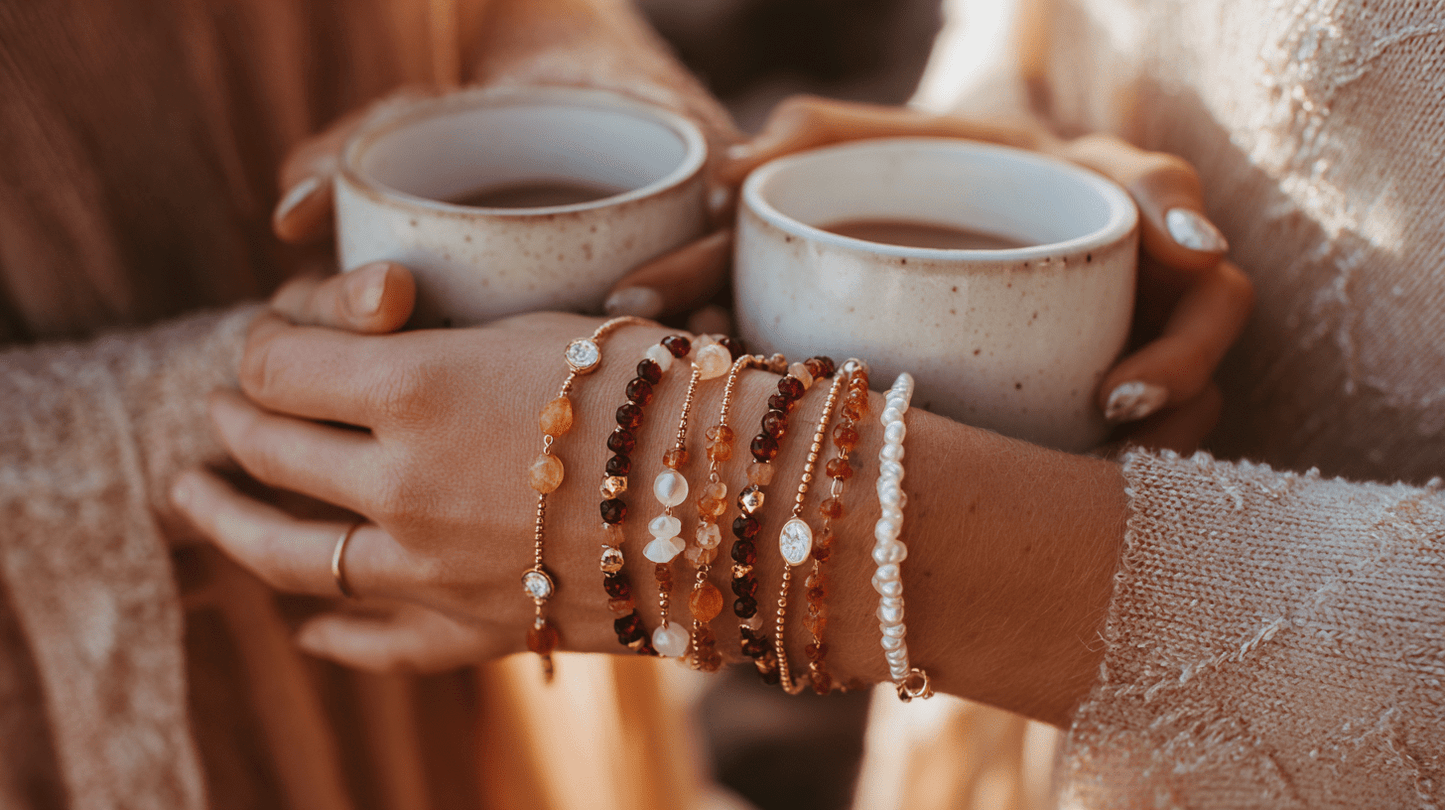Just apply the code below at checkout to get your discount.
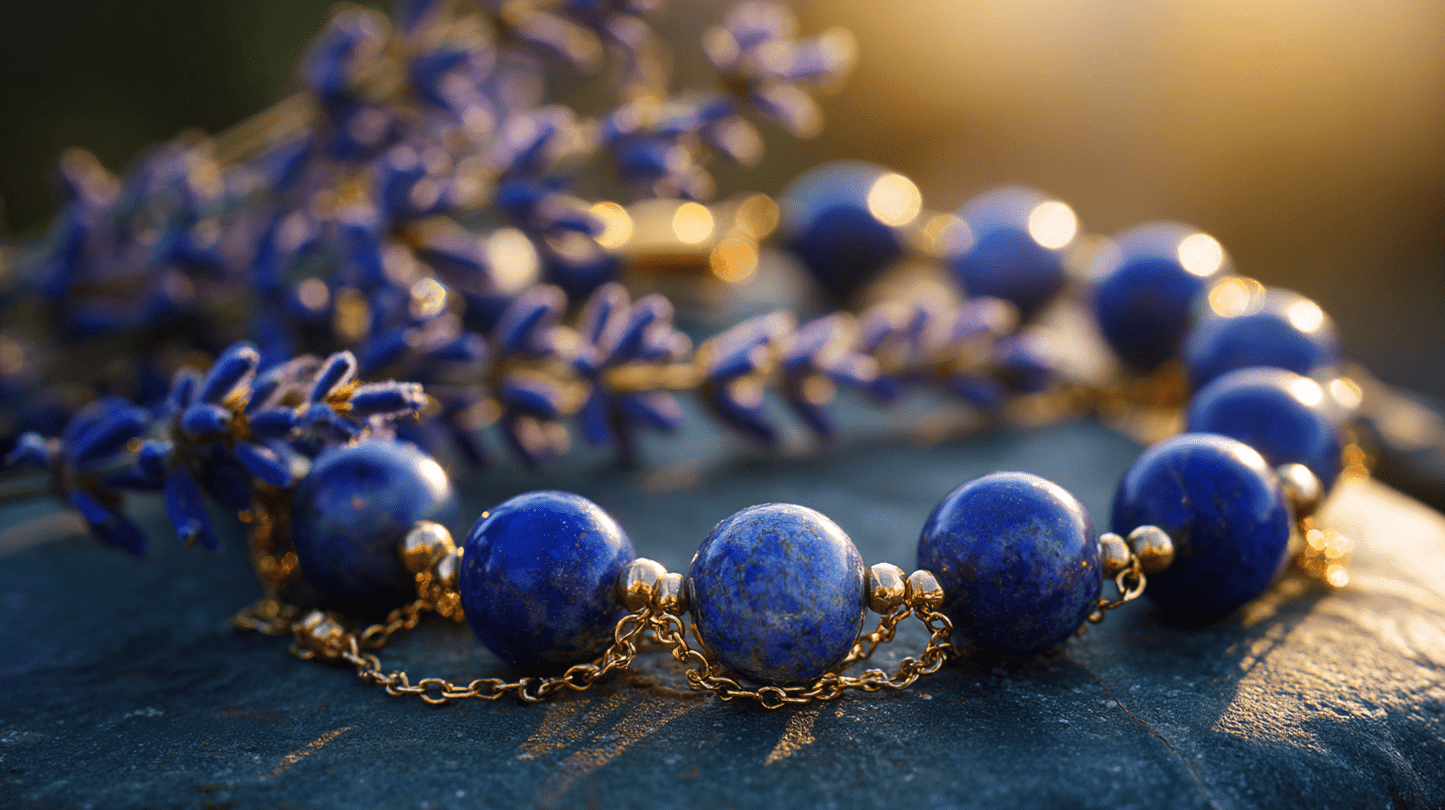
Lapis Lazuli Jewelry’s Fascinating Story from Ancient Egypt to 2025
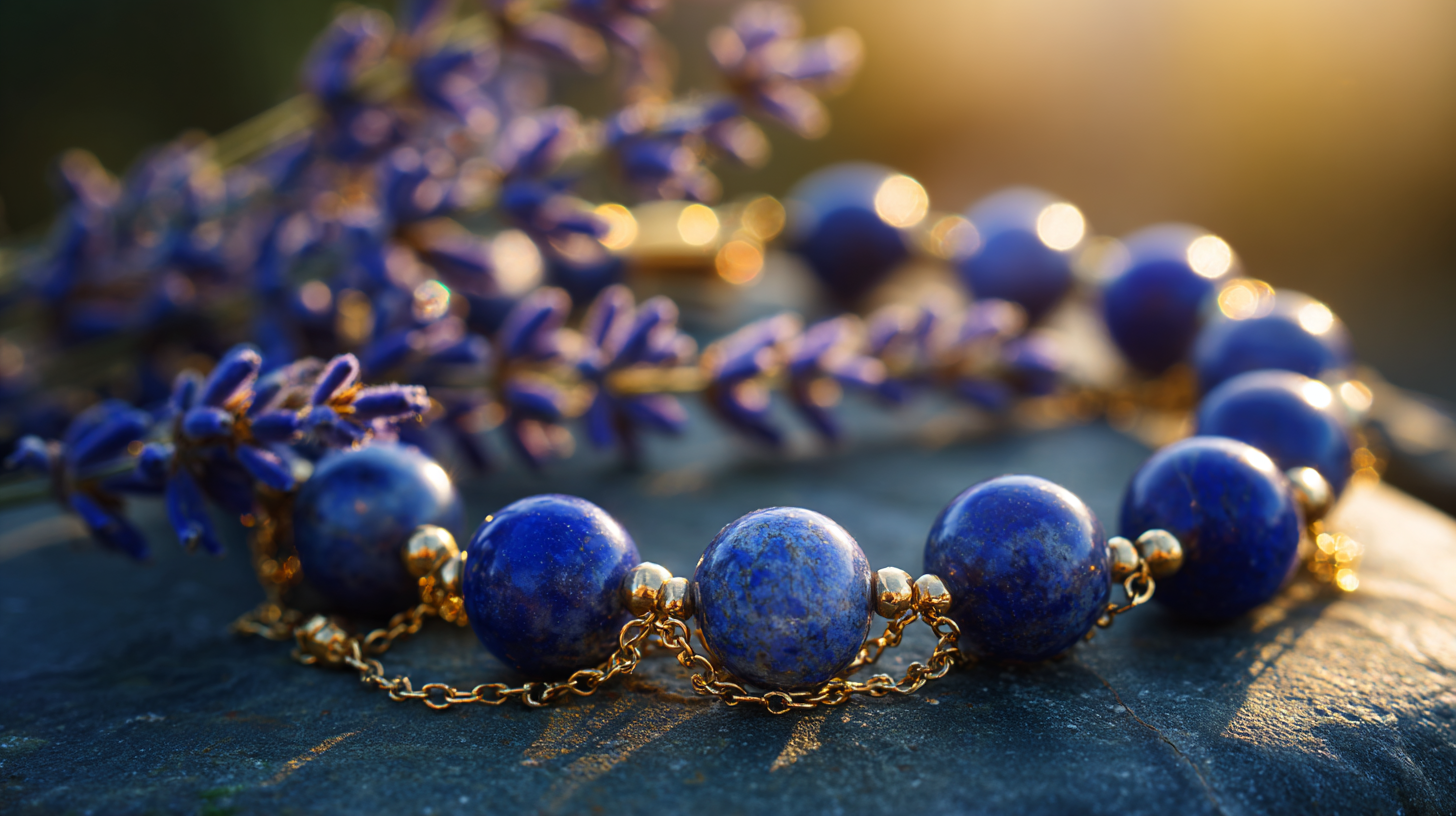
Lapis lazuli jewelry has captivated people for thousands of years. Its deep blue color and shimmering gold flecks made it a prized treasure in ancient Egypt. Many rulers and artisans created beautiful pieces using lapis lazuli, showing their skill with carving and metalwork.
The Tomb of Tutankhamun revealed necklaces with lapis lazuli scarabs, symbols of protection and royal power.
Modern jewelers still use ancient designs and materials, keeping the mystery and beauty of lapis lazuli jewelry alive today.
Key Takeaways
Lapis lazuli has been treasured for thousands of years for its deep blue color and gold flecks, symbolizing wisdom, truth, and protection.
Ancient civilizations like Egypt and Mesopotamia valued lapis lazuli for its beauty and spiritual power, using it in jewelry and religious items.
Modern lapis lazuli jewelry remains popular, with necklaces, rings, and bracelets crafted using traditional and new designs.
Buyers should learn to identify genuine lapis lazuli by its deep blue color, tiny gold flecks, and cool feel to avoid fakes.
Proper care includes gentle cleaning, avoiding harsh chemicals, and storing jewelry safely to keep lapis lazuli beautiful for years.
Ancient Origins
Egypt and Early Civilizations
Archaeologists have found lapis lazuli jewelry in some of the oldest tombs in Egypt. Craftsmen shaped beads, amulets, and inlays from this deep blue stone. The ancient Egyptians believed lapis lazuli value came from its rare color and the way it sparkled in the light. They imported the stone from faraway lands, such as Afghanistan, because local sources did not exist. The Indus Valley civilization also used lapis lazuli in their ornaments and trade. People in Mesopotamia and Persia admired the stone for its beauty and strength. They often placed lapis lazuli jewelry in graves to honor the dead and show respect for the afterlife.
Did you know?
Lapis lazuli was so important that it appeared in the earliest written records. Merchants listed it as a luxury item, and kings gave it as a gift to show power.
Symbolism and Spiritual Power
Lapis lazuli value went beyond its appearance. Ancient people saw it as a symbol of wisdom and truth. Priests and rulers wore lapis lazuli jewelry to connect with the gods and protect themselves from harm. Many believed the stone could ward off evil spirits and bring good luck. The deep blue color reminded them of the night sky and the universe. This connection gave lapis lazuli jewelry a special place in religious ceremonies and royal treasures.
People today still admire the value of lapis lazuli for its history and meaning. The stone’s story began thousands of years ago, but its power and beauty continue to inspire new generations.
Lapis Lazuli Jewelry Through History
Mesopotamia to Renaissance
People in Mesopotamia first shaped lapis lazuli into beads and seals. They saw the stone as a sign of wealth and power. Ancient Greeks and Romans admired lapis lazuli jewelry for its bright blue color. They used it in rings, pendants, and even mosaics. The stone’s deep color made it stand out among other gems. During the Middle Ages, lapis lazuli value increased. Artists ground the stone into powder to make ultramarine paint. This paint decorated religious art and important manuscripts. In the Renaissance, lapis lazuli jewelry became a symbol of status. Nobles and royals wore it to show their high rank. The stone’s value grew as trade routes expanded across Europe and Asia.
Note: Lapis lazuli value did not only come from its beauty. People believed it could protect them and bring wisdom.
Ancestral Designs and Artisans
Artisans passed down their skills for making lapis lazuli jewelry through generations. Each region developed its own style. In ancient times, craftsmen carved symbols and shapes that held special meaning. Some designs showed animals or gods. Others used simple beads or geometric patterns. In Chile, artisans still work with lapis lazuli today. They use traditional methods to shape the stone into necklaces, rings, and bracelets. These handcrafted pieces reflect both history and culture. The value of lapis lazuli jewelry comes from the care and skill of the maker. Every piece tells a story about the people who created it.
-
Handcrafted lapis lazuli jewelry often features:
Detailed carvings
Ancestral symbols
Unique regional styles
Modern Lapis Lazuli Jewelry
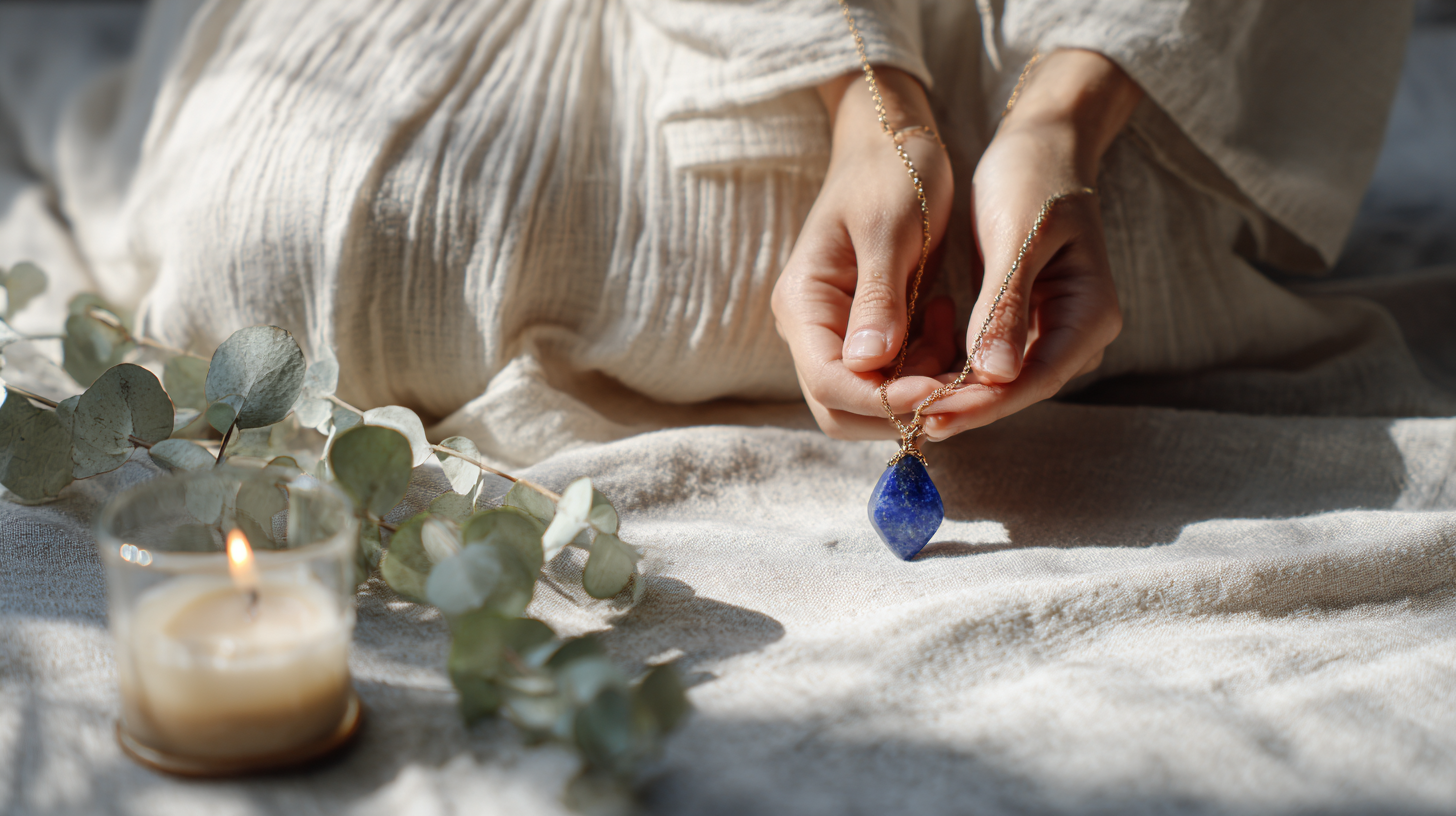
The 20th and 21st centuries have seen a strong revival of lapis lazuli jewelry. Designers and collectors now seek out this gemstone for its rich color and deep history. Recent market trends show a 14% increase in lapis lazuli-based collections in 2023. Luxury jewelry sales reached over 350 billion USD, with lapis lazuli playing a key role. In Asia Pacific, especially China, high-end jewelry sales grew by 15%. E-commerce has also made it easier for people to buy gemstone-grade lazurite, with over 40% of sales happening online. These numbers show that lapis lazuli jewelry has become more popular than ever.
Lapis Lazuli Necklaces
Lapis lazuli necklaces remain a favorite for many jewelry lovers. The deep blue stones often appear as single pendants or as strands of beads. Jewelers set them in gold, silver, or vermeil to highlight their color. Some necklaces feature lapis lazuli cabochons, which are polished, rounded stones that show off the stone’s natural beauty. People choose these necklaces for both style and meaning. The value of a necklace depends on the quality of the stone, the craftsmanship, and the materials used. Lapis lazuli necklaces can range in price from affordable pieces to luxury items. Many people also look for lapis lazuli earrings to match their necklaces, creating a complete set.
Tip: When shopping for lapis lazuli necklaces, check for even color and minimal white or gray spots. This helps you know how to identify genuine lapis lazuli.
Lapis Lazuli Rings
Lapis lazuli rings have become a symbol of both fashion and tradition. Jewelers often use oval or round stones in their designs. Some rings feature lapis lazuli cabochons, while others use faceted stones for extra sparkle. The value of a ring depends on the stone’s color, clarity, and setting. Gold and silver are common choices for the band. Lapis lazuli rings appeal to both men and women. Mens jewelry with lapis lazuli has grown in popularity, with bold designs and larger stones. The price of a ring can vary based on size, quality, and brand. Many people pair their rings with lapis lazuli earrings for a coordinated look.
Note: To know how to identify genuine lapis lazuli, look for a rich blue color with tiny gold flecks. Fake stones may look too bright or have a glassy shine.
Lapis Lazuli Bracelets
Lapis lazuli bracelets offer a stylish way to wear this ancient stone every day. Artisans string beads together or set stones in metal links. Some bracelets mix lapis lazuli with other gems for a colorful effect. The value of a bracelet depends on the quality of the stones and the skill of the maker. Lapis lazuli bracelets can be simple or ornate, fitting many styles and budgets. The price often reflects the amount of lapis lazuli used and the type of metal. Many people enjoy matching their bracelets with lapis lazuli earrings for a unified look.
Ethical Sourcing and Authenticity
Ethical sourcing has become important in the jewelry world. Many jewelers now work with suppliers who follow fair trade and environmental standards. This helps protect both workers and the environment. Buyers want to know how to identify genuine lapis lazuli to avoid imitations. Real lapis lazuli feels cool to the touch and shows tiny gold flecks from pyrite. It should not have a glassy shine or bright blue color, which can signal a fake. Some jewelers provide certificates of authenticity to prove the stone’s origin and quality.
Feature |
Genuine Lapis Lazuli |
Fake or Treated Stone |
|---|---|---|
Color |
Deep blue with gold flecks |
Bright blue or dull |
Texture |
Slightly grainy |
Smooth or glassy |
Price |
Higher for quality stones |
Often much cheaper |
Source |
Afghanistan, Chile, Russia |
Unknown or synthetic |
People who want to buy lapis lazuli jewelry should ask questions about the stone’s source and look for trusted sellers. Knowing how to identify genuine lapis lazuli helps buyers get the best value for their money.
How to Wear Lapis Lazuli Jewelry
Styling Tips
People often wonder how to wear lapis lazuli jewelry for different occasions. Lapis lazuli necklaces add a bold touch to formal outfits. Rings and bracelets with this stone can make casual clothes look special. Many choose lapis lazuli earrings for a pop of color at work or school. Layering several pieces creates a modern style. Some prefer a single statement piece for a classic look. Lapis lazuli pairs well with gold, silver, or even leather. People can match their jewelry with blue, white, or black clothing for a balanced appearance.
Tip: Try mixing lapis lazuli with other gemstones for a unique style. This works well for parties or family gatherings.
Spiritual and Emotional Benefits
Lapis lazuli has a long history of spiritual meaning. Many believe it brings wisdom and helps people speak the truth. Some say it can calm the mind and reduce stress. People who wear lapis lazuli jewelry often feel more confident. The stone’s deep blue color reminds many of the night sky, which can inspire peace and creativity. Some use lapis lazuli during meditation or prayer. They believe it helps them connect with their inner thoughts. People should listen to their feelings when choosing how to wear lapis lazuli jewelry for spiritual support.
Care and Maintenance
Proper care keeps lapis lazuli jewelry looking beautiful. People should avoid harsh chemicals and strong sunlight. To learn how to clean lapis lazuli jewelry, use a soft, damp cloth. Avoid soaking the stone in water. Cleaning lapis lazuli with gentle soap helps remove dirt. Store each piece in a soft pouch or box to prevent scratches. People who want to know how to care for lapis jewelry should check settings for loose stones. Regular care helps jewelry last for many years.
Care Step |
What to Do |
|---|---|
Cleaning |
Use soft, damp cloth |
Storage |
Keep in soft pouch/box |
Protection |
Avoid chemicals/sunlight |
Note: Always remove lapis lazuli jewelry before swimming or using cleaning products.
Future Trends
Innovations for 2025
Lapis lazuli jewelry continues to evolve with new technology and design ideas. By 2025, several trends will shape how people buy and wear these pieces.
Augmented reality (AR) tools now let shoppers try on lapis lazuli jewelry virtually. This technology helps buyers see how a necklace or ring looks before making a choice.
Many people want jewelry that feels personal. Customizable lapis lazuli pieces allow buyers to pick shapes, sizes, and even mix stones for a unique look.
Designers experiment with new styles. They combine lapis lazuli with other gems, creating bold and colorful jewelry.
Bracelet designs change quickly. Beaded, cuff, and wrap bracelets gain popularity, offering more ways to wear lapis lazuli.
Vintage and bohemian styles return. These trends inspire new collections that blend old and new ideas.
Online marketplaces and social media make lapis lazuli jewelry more accessible. People can find and share their favorite designs from anywhere in the world.
Tip: Virtual try-on apps can help buyers choose the perfect lapis lazuli piece without leaving home.
Sustainable Practices
Sustainability shapes the future of lapis lazuli jewelry. Brands and buyers both care about where stones come from and how they are made.
Major jewelry companies now focus on ethical sourcing. They work with suppliers who follow fair trade and protect the environment.
Transparency matters. Brands share information about their supply chains so buyers know the origin of each stone.
Handcrafted lapis lazuli bracelets and other pieces often use sustainable materials. This supports local artisans and reduces environmental impact.
Technology helps track stones from mine to market. This ensures that each piece meets high ethical standards.
Consumer demand grows for brands that show responsibility and care for people and the planet.
Note: Choosing ethically sourced lapis lazuli jewelry supports fair wages and safer working conditions for miners and artisans.
Lapis lazuli jewelry has inspired people for thousands of years. Its deep blue color and rich history make it special in every era.
This gemstone stands out in ancient tombs, royal courts, and modern collections.
People value its beauty, meaning, and skilled craftsmanship.
Lapis lazuli jewelry offers a unique gift or a personal treasure for anyone who seeks something meaningful.
Exploring lapis lazuli connects people to a story that spans centuries.
FAQ
What makes lapis lazuli jewelry unique?
Lapis lazuli jewelry stands out because of its deep blue color and gold flecks. Many people value its history and spiritual meaning. Artisans often use traditional methods to shape each piece, making every item special.
How can someone tell if lapis lazuli is real?
Genuine lapis lazuli feels cool and shows tiny gold flecks from pyrite. Fake stones may look too bright or glassy. Buyers should ask for certificates or buy from trusted sellers.
Tip: Hold the stone under light. Real lapis lazuli will not shine like glass.
Is lapis lazuli jewelry safe to wear every day?
Yes, people can wear lapis lazuli jewelry daily. The stone is durable but needs gentle care. Avoid harsh chemicals and strong sunlight to keep it looking beautiful.
What does lapis lazuli symbolize?
Lapis lazuli often symbolizes wisdom, truth, and protection. Many cultures believe it brings peace and helps people speak honestly. Some use it for spiritual growth or meditation.
How should someone clean lapis lazuli jewelry?
Use a soft, damp cloth to wipe the stone. Avoid soaking it in water or using strong cleaners. Store each piece in a soft pouch to prevent scratches.
Clean gently
Store safely
Avoid chemicals
